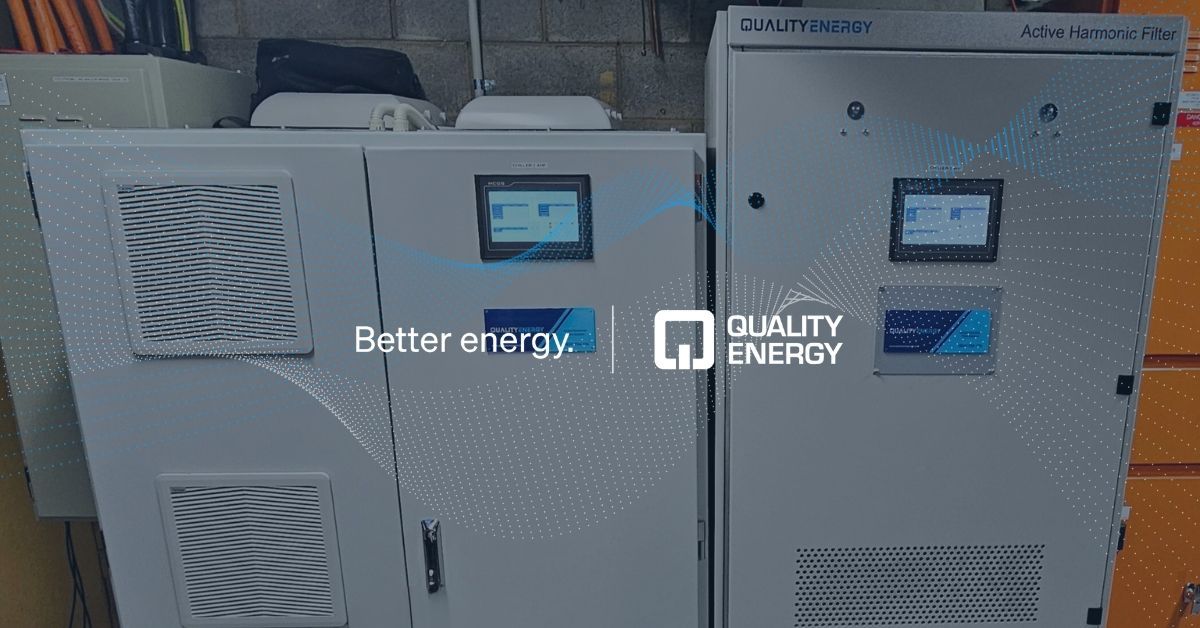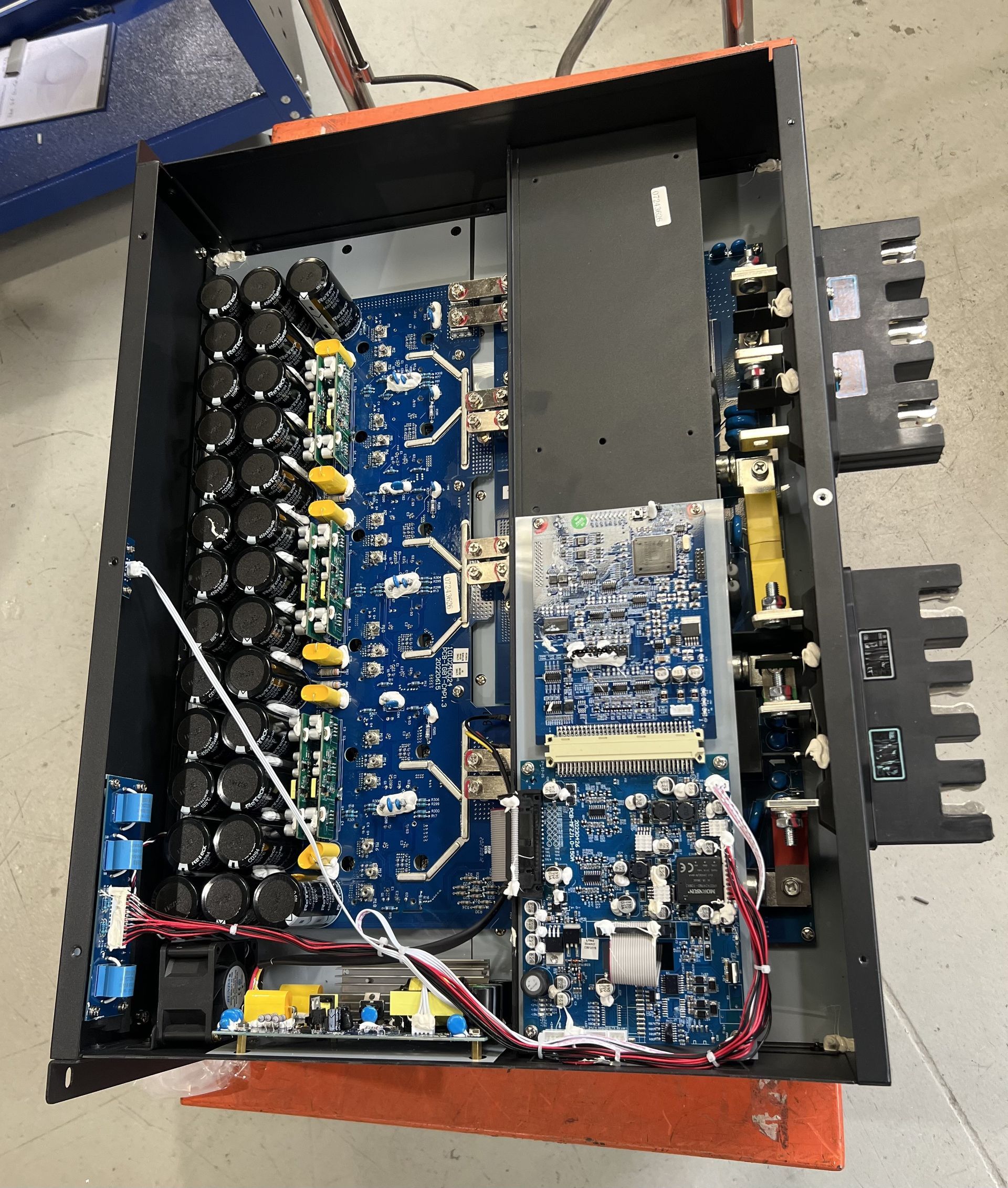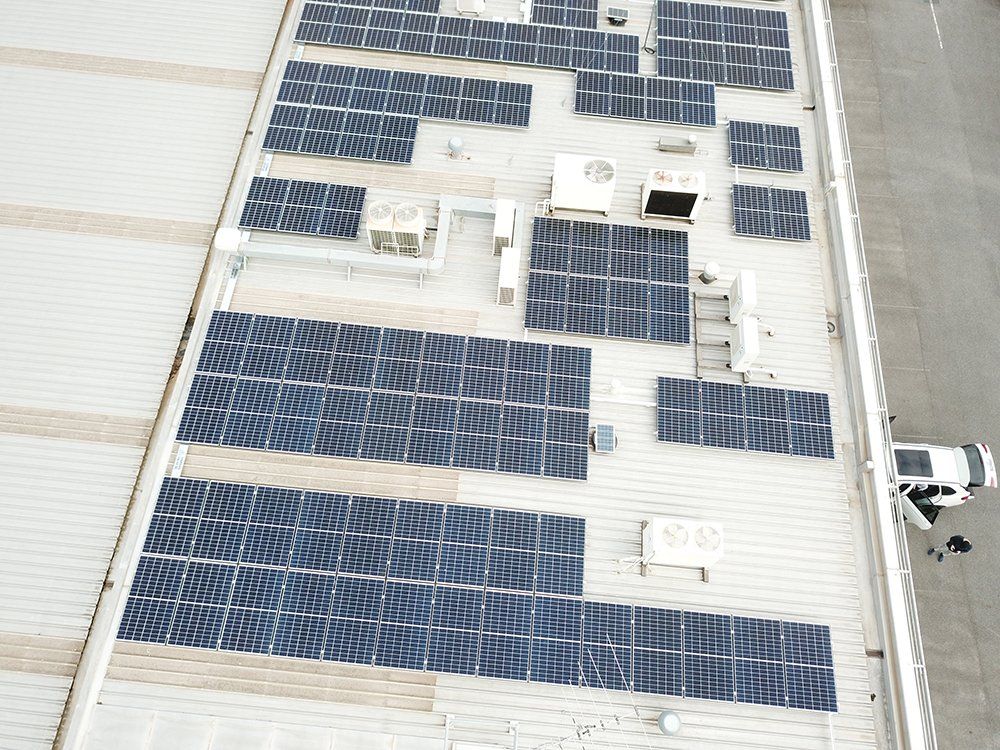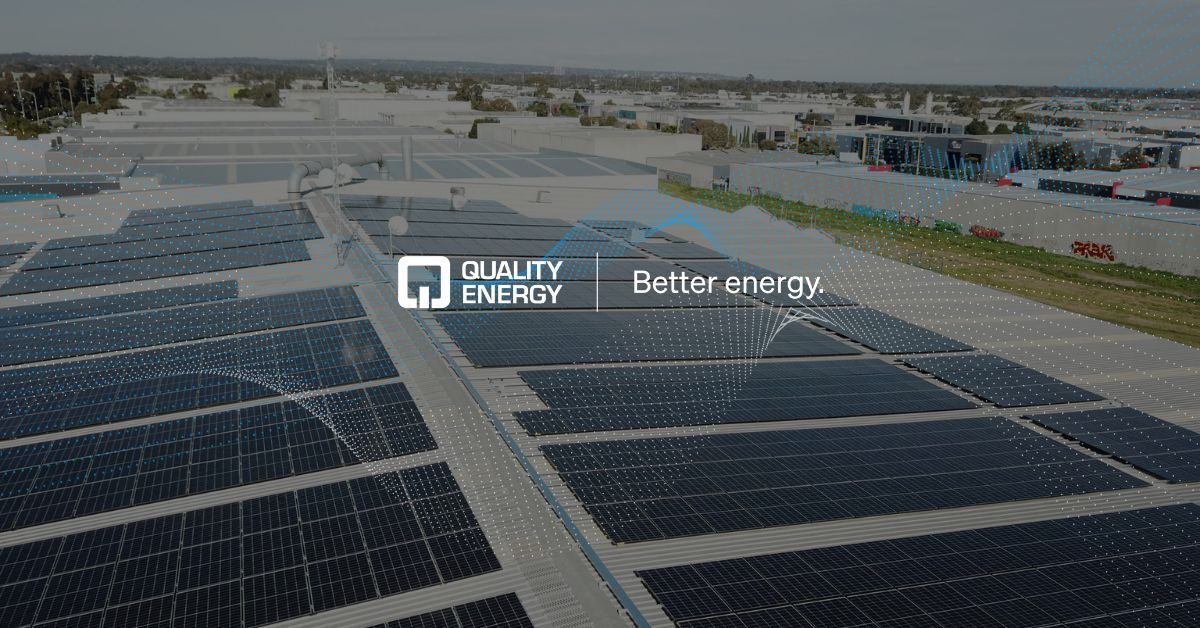Know Your Facility’s Power Quality to Manage it Effectively
Facilities in Australia and around the world are invested to varying degrees in measuring their power quality in order to effectively manage it, whether this is done through routine power quality audits or proactive, continuous power quality management. Here are some general guidelines on why power quality matters and what to track as part of your facility’s electrical management program.
Why Measure Your Facility’s Power Quality?
This is a critical part of troubleshooting and fault detection for anyone maintaining a commercial or industrial electrical system – a means to investigate issues in a failing or faulty electrical network and initiate action to effectively correct it. Power quality audits help give technicians and engineers a baseline for measuring and analysing the parameters for an electrical system, collecting usable data to identify hidden electrical distribution problems as well as opportunities for achieving energy savings goals.
Various sectors utilise power quality measurement differently according to their overall strategic goals. For example, power plants use power quality monitoring for overall energy management as well as preventative maintenance, quality control and cost savings. For facilities with voltage sensitive equipment, power quality monitoring is critical to protecting equipment and extending its lifespan while ensuring optimal performance. For other businesses, it is about ensuring minimal disruption to customer services.
Power quality studies point to common – and costly – power quality disturbances that are costing facilities significantly in terms of wasted energy, damage to equipment and facility downtime, including:
- Voltage sags and swells – Voltage supplied by the grid through your mains supply is an average of 230V with a frequency of 50Hz. However, this supply spikes and drops as demand changes, creating fluctuations of between +13% to -10% from the standard voltage. Not only does this create wasted energy that your organisation will be liable for, it also creates wear and tear on voltage-sensitive equipment.
- Voltage harmonics – Voltage harmonics are distortions in the electrical current due to a source impedance and generated by non-linear loads. This leads to power system heat losses and higher electricity bills, accompanied by the risk of equipment overheating and subsequent errors and downtime.
- Wiring/grounding issues – Earth leakage causes short circuits between conductors and the grounding network, leading to disruptive electromagnetic fields, dips and surges in the voltage between grounding points and noise on the electrical network.
In terms of economic impact, transients and surges, voltage dips and short interruptions to the electrical network are the most costly for facilities, leading to increased power costs, damage to equipment and facility downtime.
How is Power Quality and Power Efficiency Measured?
The efficiency of your site’s power quality is measured in power factor. This is the ratio between real and apparent power – essentially, the kilowatts used by your site (real power) divided by the kilovolt-amperes (apparent power). This ratio shows how much energy is being supplied to your site versus how much is actually being used by the equipment on your electrical network.
The most efficient sites have a power factor close to 1, but most facilities without power factor correction equipment have a power factor of 0.7 to 0.8. Any increase towards a power factor of 1 can mean significant savings for your facility as wasted energy is reduced. – any increase in your power factor can make a significant improvement in the demand charges on your electricity bill, but improvement to 0.98 – 0.99 should be your goal.
What Power Quality Issues Should Your Facility Be Tracking?
Generally, facilities should prioritise the monitoring of harmonic distortion, power factor, voltage dips and interruptions, transients, and imbalance in power quality audits and proactive power quality measurement. This can be done on a regular schedule but is more effective when a continuous power quality monitoring solution is implemented over the long-term.
Does your facility Need a Professional, High-Quality Power Quality Monitoring Solution?
At Quality Energy, we consult with a wide range of commercial and industrial facility managers and consultants about various ways that we can assist them in optimising power consumption and driving energy efficiency through high-tech solutions, including power quality monitoring.
We can assist you in taking control of your facility’s power consumption, using smart technology to continuously and remotely monitor, measure and analyse real, apparent and reactive power, and providing in-depth power quality audits to suggest effective solutions to mitigate your site’s power quality issues. For a confidential discussion with our engineers, call us on 1800 736 374 or reach out online here.
The post Know Your Facility’s Power Quality to Manage it Effectively appeared first on Quality Energy.
Related news


